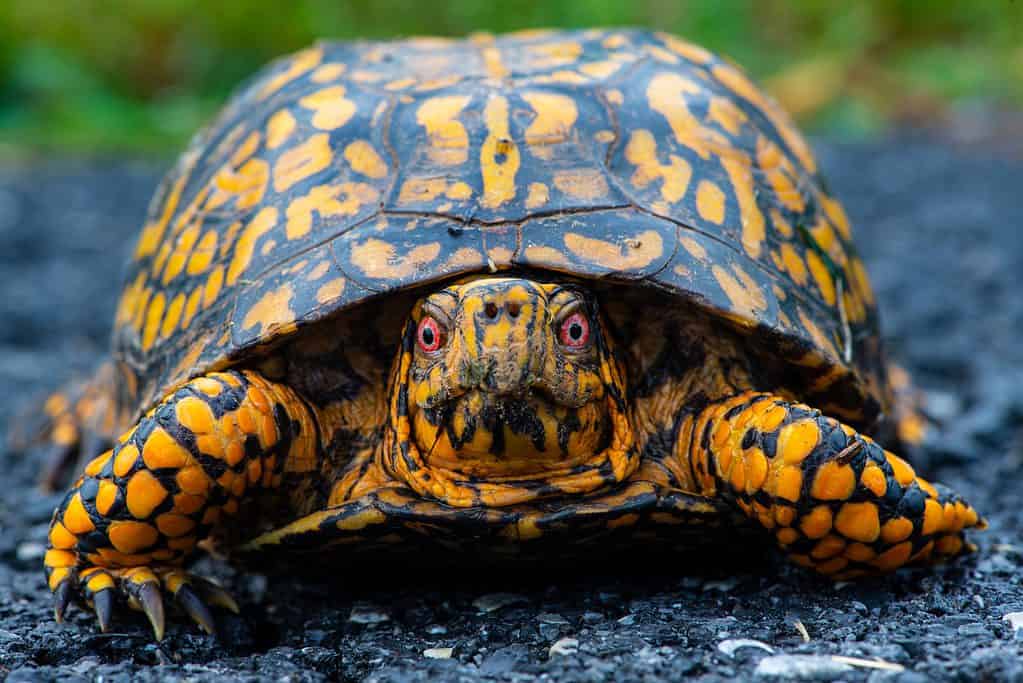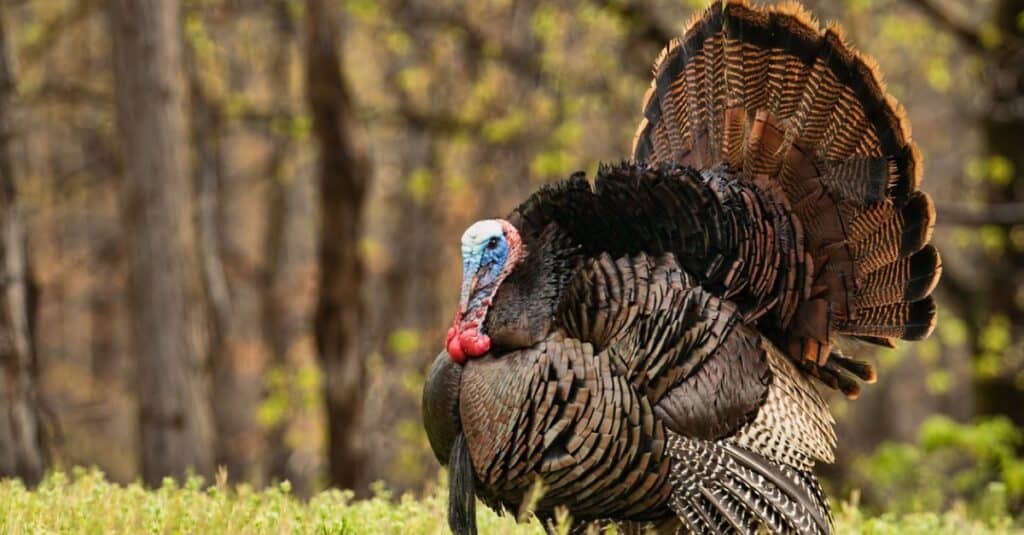Kentucky is a quintessential small-town state with 340 incorporated towns under 5,000 people. Its smallest town, though, could fit into a stretch limo.
What Is a ‘Town?’

A town with a main street this size would be bigger than the smallest town in Kentucky.
©C.Maylett / CC BY-SA 3.0 – License
To have some basis for comparison, I will tell you what I mean by a ‘town.’ Rather than include loosely defined CDPs (Census Designated Places) or small communities that self-identify as towns, I will restrict my discussion to incorporated places. Incorporated places have boundaries, as well as powers and functions that are defined under state law. A ‘town’ is the smallest of these incorporated places.
The Smallest Town in Kentucky
According to the 2020 U.S. Census, the smallest incorporated town in Kentucky is Lewis County’s Concord, with a population of 18. In 1870, the population was 228, but it has gradually declined. According to Census records, the town is 0.07 sq mi (0.19 km²).
History of Concord
In 1828, the Kentucky representative from Lewis County presented a bill to the General Assembly to create a town on land owned by John and Edward Stephenson. In 1830, the Assembly incorporated the village on 463 acres and named it ‘Concord,’ possibly for Concord, Massachusetts. It was vested to four trustees, and Samuel Stephenson was appointed clerk.
Early on, sawmills were constructed, a brickyard was created, and space was given to making flatboats. The post office opened in 1834 in Samuel Stephenson’s General Store. There were two or three mail deliveries a week. The town also had a few wood yards, a tannery, and a flour mill. In 1874, a large chunk of the riverbank washed away, taking away the boat loading area and several houses. By 1888, there were three churches in the village. By 1910, there was a schoolhouse.
Over the years since then, fire and flood have taken many of the homes and businesses that once formed the town’s core. The wood yards, tannery, sawmills, and flour mills are gone, and with them the people.
Where Is Concord on a Map?
Concord is located on the Ohio River, halfway between Vanceburg and Maysville.
Animals in Concord
The region surrounding Concord is known as the Knobs. This is a horseshoe-shaped strip that surrounds the Bluegrass region that contains Lexington. Outside of the Knobs is the Cumberland Plateau. The hills known as ‘knobs’ result from erosion of the surrounding plateaus. The result is a forested, hardscrabble habitat that hosts a diverse animal population.
Eastern Newt

The eastern newt is well adapted to the river habitat of Concord.
©iStock.com/epantha
Eastern Newts live throughout the eastern portion of the U.S., and there are plenty in Kentucky. They eat mosquito larvae, helping to control the population. Their bright red color warns predators that they are toxic. They like moist environments like marshes, ponds, lakes, streams, and creeks.
Common Box Turtle

Common box turtles like to hide under shrubs to stay out of the river heat.
©RenEgAdeRooStEr/Shutterstock.com
The habitat surrounding Concord is perfect for common box turtles. They like to shelter under trees and shrubs to keep cool on a hot day. They stay near ponds or streams and hunt for worms, insects, and other small prey. The common box turtle has a dome-like shell into which they can draw their head and legs when threatened. This shell is brown or black and covered in yellow spots.
Wild Turkey

Turkeys like to forage in the clearings around Concord.
©iStock.com/Jens_Lambert_Photography
The wild turkey roams around the knobs of Concord. It likes small clearings and forests, foraging on the ground and then roosting in trees. They forage for nuts, acorns, seeds, and berries. Turkeys sometimes forage with other foraging animals like deer; they can alert one another to danger this way. They will also eat insects, worms, lizards, frogs, salamanders, and snakes.
The photo featured at the top of this post is © AndreyKrav/iStock via Getty Images
Thank you for reading! Have some feedback for us? Contact the AZ Animals editorial team.






